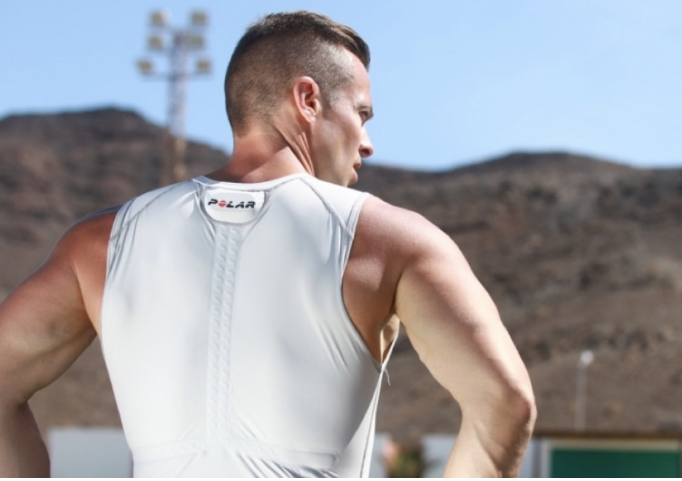Where are the Wearables Killer Use Cases?
In spite of recent setbacks, there are still a lot of believers in this rather broad category ranging from smartwatches and AR glasses to fitness and healthcare devices, and some out-there clothing and fashion wearables.
Are they “were-ables”?
It was reported in January that Fitbit would have lower than expected 4Q2016 revenues and would cut 5-10% of its workforce, whilst Jawbone is stopping its consumer device sales. Intel, after having made a number of acquisitions such as Basis (fitness watches) and Recon (heads-up displays for cyclists, snowboarders etc.), is rumoured to be about to step away from the business. A survey by Gartner during the 2nd half of 2016 found that the abandonment rate of smartwatches was 29 percent, and 30 percent for fitness trackers, because “people do not find them useful, they get bored of them or they break”.
Lots of marvellous new devices and applications
There are lots of marvellous new wearable devices and applications. My personal favourites are the running wearables that go way beyond tracking, such as the Lumo device that provides coaching as you run, based on a 9-axis sensor clipped into the back of your running shorts and advanced algorithms that capture accurate running biomechanics through core body movements. There are also real-time coaches for on the bike (Oakley Radar Pace), in the pool (XMetrics Pro), in the gym (Atlas Wristband), on the court (ShotTracker), on the slopes (Carv) and on the course (Garmin Truswing).
And who wants to wear a bracelet all day? Hexoskin produces biometric shirts with sensors woven into the fabric for measuring your heart rate, pace, breathing rate and volume, steps taken, calories burned, and sleep.
“The challenge with trying to make smartwatches smaller is that consumers continue to want more and more features such as GPS, microphones, improved connectivity or better security. These extras call for bigger batteries, which creates a quandary. Taking all those things and putting it in a package, that is not easy to do. It is not a one-trick pony”, explains Pankaj Kedia, the senior director of Qualcomm, the largest chip manufacturer in this category.
In the healthcare market, fitness trackers are already being used by the insurance industry to reduce premiums for those that exercise regularly. Patient monitoring applications such as blood pressure monitoring (Omron), glucose monitoring (iHealth), body temperature monitoring (Thermo) and smart hearing aids (ReSound) face regulatory hurdles which may result in this segment providing professional devices distributed by medical professionals rather that the cheaper over-the-counter variety. It is believed that Jawbone is pivoting into the professional medical device space. There is also competition from the bio industry with human chip implants, although some way off from being mainstream, have the potential to become much bigger than wearables.
Although Google Glass was mothballed as long ago as 2014, there is still ongong innovation in augmented reality and smart glasses. From first-person videos and photos, to turn-by-turn directions, and facial recognition of the people you meet, the invasion of the smart glasses is very much alive, with companies like Snap, Vuzix, ODG, Sony and many more.
Out-there clothing and fashion devices include a French-designed smart bikini that measures UV exposure, a smart sock that measures baby breathing and sleeping (Owlet), a variety of rings (such as Ringly that syncs with your smart phone to alert you to calls, messages and emails you might miss while your phone is in your bag), and a “contactless jacket” that is addressed through a variety of unique gestures and can be used for contactless payments.
Core Technology
Chip manufacturers Intel and Qualcomm have developed the processors that support the growth of the wearables industry. Intel have a low power hardware module called the Curie, which is “small enough to fit into a button, houses the Intel Quark SE system on a chip (SOC) that integrates the power of a full-sized computer into a single chip.” Besides chips for smartwatches, Qualcomm also provides the Snapdragon Wear 1100, designed for fitness trackers and simple wearables.
So what is the issue?
Kedia is very bullish about the future of wearables. He puts it best when he says: “There is no such thing as a killer product, or a killer form factor, or a killer shape, or a killer use case. This will evolve over time.” Until then, wearables are destined to remain in the domain of the early adopters and have to find a way to “cross the chasm” to the mainstream.
